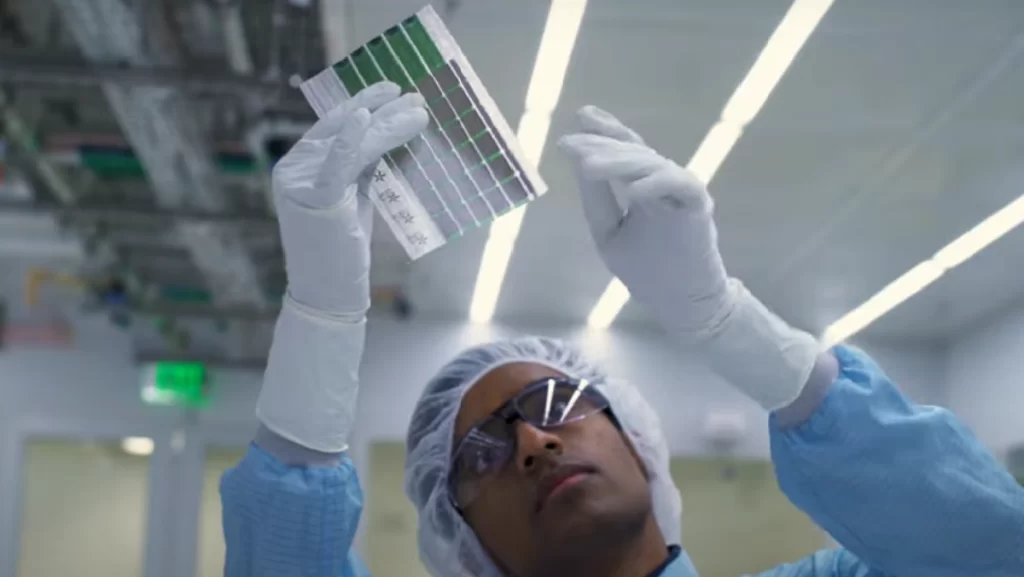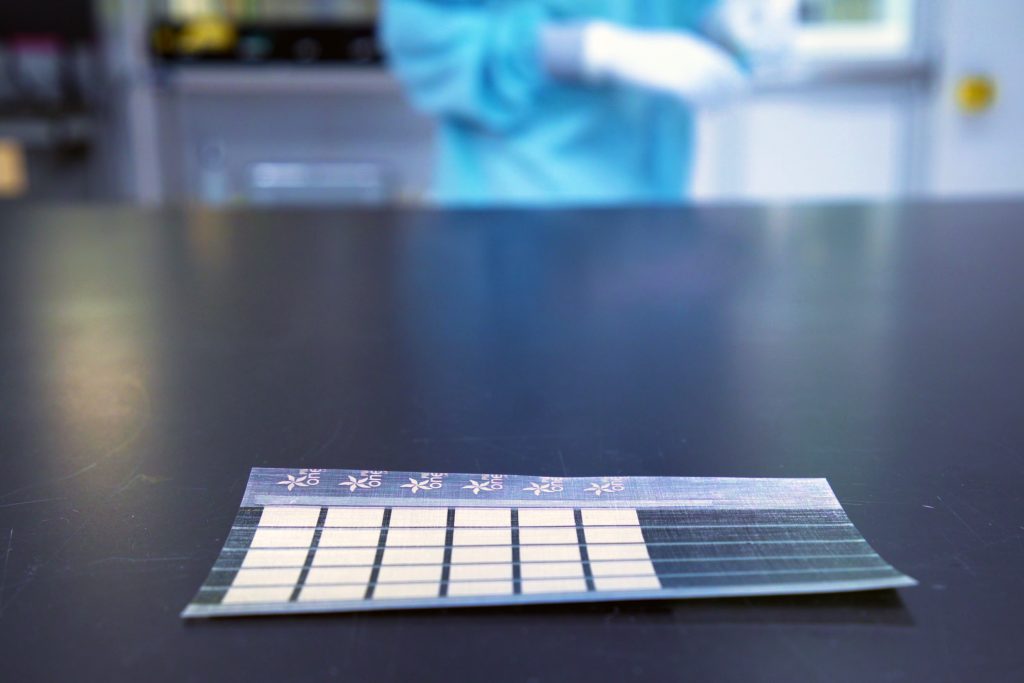A team of researchers at the Massachusetts Institute of Technology (MIT) has developed a method for printing durable, flexible solar cells as thin as human hair. The lightweight PV can be easily affixed to any surface like a sticker, transforming any surface into a productive renewable energy generator in no time.
The cells weigh one-hundredth the weight of traditional solar panels and produce 18 times the power per kilogram. They are created with nanomaterial-based semiconducting inks and printing processes that the researchers can easily scale up for large-scale production. The fabric solar cells have a specific power of 370 W per kg and are 50 microns thick. As a comparison, human hair is 70 microns thick.

Due to the fragility of conventional solar cells, they must be covered in glass and packaged in heavy, thick aluminum frames. This restricts where and how they can be used. In this new study, scientists use ink-based materials and scalable fabrication techniques to create printable thin-film solar cells.
To make solar cells, they use nanomaterials as printable electronic inks. They used a slot-die coater to coat the solar cell structure in the clean room. Layers of electronic materials are deposited onto a prepared, releasable substrate that is only 3 microns thick. To finish the solar module, they used screen printing to deposit an electrode on the structure.

While their solar cells are far lighter and much more flexible than traditional cells, they would need to be encased in another material to protect them from the environment. The carbon-based organic material used to make the cells could be modified by interacting with moisture and oxygen in the air, which could deteriorate their performance.
This research is funded, in part, by Eni S.p.A. through the MIT Energy Initiative, the U.S. National Science Foundation, and the Natural Sciences and Engineering Research Council of Canada.


